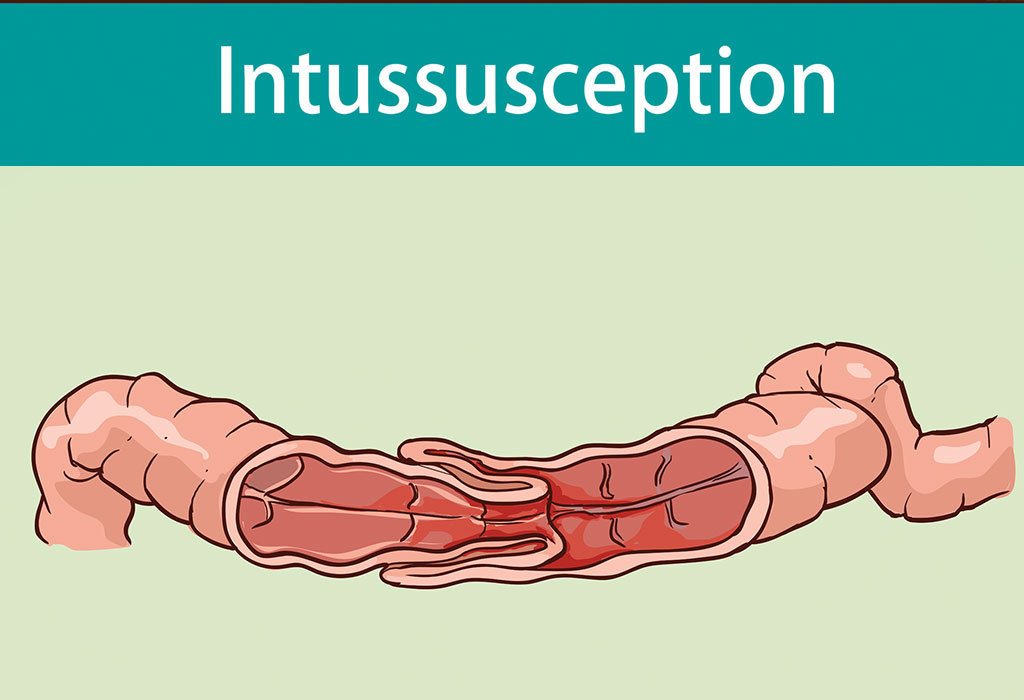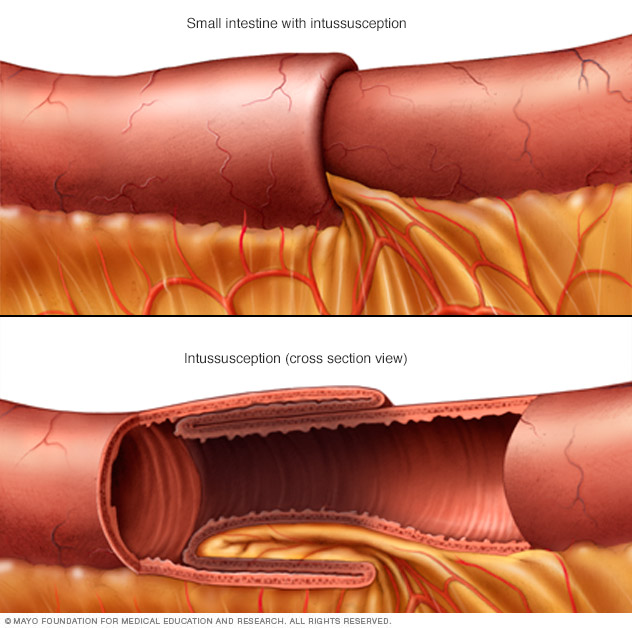Intussusception In Cats: Symptoms, Causes, And Treatment
Intussusception, a serious condition that requires prompt medical attention, occurs when one part of the intestine slides into another, causing a blockage. What Are the Symptoms of Intussusception in Cats?
Intussusception, a medical condition that can affect cats, involves the abnormal telescoping of one segment of the intestine into another. This condition can cause a range of symptoms, including vomiting, lethargy, abdominal pain, and bloody diarrhea. In severe cases, intussusception can lead to intestinal perforation and peritonitis, which can be life-threatening.
The exact cause of intussusception in cats is often unknown, although certain factors, such as intestinal parasites, dietary indiscretion, and foreign bodies, have been associated with an increased risk. Early diagnosis and treatment of intussusception are crucial for a successful outcome. Treatment typically involves surgery to correct the telescopedand remove any underlying cause.
If you suspect that your cat may have intussusception, it is important to seek veterinary attention immediately. Early diagnosis and treatment can significantly improve the chances of a positive outcome.
Intussusception in Cats
Intussusception, a serious condition in cats, occurs when one part of the intestine slides into another, causing a blockage. This article explores five key aspects of intussusception in cats, providing a comprehensive overview of the condition.
- Symptoms: Vomiting, lethargy, abdominal pain, bloody diarrhea
- Causes: Often unknown, but may include parasites, dietary indiscretion, foreign bodies
- Diagnosis: Physical exam, X-rays, ultrasound
- Treatment: Surgery to correct the telescoping and remove underlying cause
- Prevention: No known preventive measures
Intussusception can be a life-threatening condition if not treated promptly. Early diagnosis and treatment are crucial for a successful outcome. If you suspect your cat may have intussusception, it is important to seek veterinary attention immediately.
- The Enigmatic Bella Tsarnaeva From Suspect To Embattled Widow
- Tragic End Unveiling The Cause Of Sue Aikens Granddaughters Passing
Symptoms
Intussusception, a serious condition in cats, occurs when one part of the intestine slides into another, causing a blockage. This condition can cause a range of symptoms, including vomiting, lethargy, abdominal pain, and bloody diarrhea. These symptoms are important indicators of intussusception and should be taken seriously.
Vomiting is a common symptom of intussusception in cats. It occurs when the blockage in the intestine prevents food and fluids from passing through properly. Lethargy is another common symptom, as the cat may not feel well enough to eat or drink. Abdominal pain is also a common symptom, as the blockage can cause the intestine to become distended and painful. Bloody diarrhea is a more serious symptom of intussusception, as it can indicate that the intestine has been damaged.
If you notice any of these symptoms in your cat, it is important to seek veterinary attention immediately. Early diagnosis and treatment of intussusception is crucial for a successful outcome.
In conclusion, vomiting, lethargy, abdominal pain, and bloody diarrhea are all important symptoms of intussusception in cats. These symptoms should be taken seriously and veterinary attention should be sought immediately if they are observed.
Causes
The exact cause of intussusception in cats is often unknown, but certain factors have been associated with an increased risk. These include:
- Parasites: Intestinal parasites, such as roundworms and hookworms, can cause irritation and inflammation in the intestine, which can lead to intussusception.
- Dietary indiscretion: Eating spoiled food or other foreign objects can cause irritation and inflammation in the intestine, which can lead to intussusception.
- Foreign bodies: Swallowing foreign objects, such as toys or bones, can cause a blockage in the intestine, which can lead to intussusception.
These are just some of the factors that have been associated with an increased risk of intussusception in cats. It is important to note that not all cats that are exposed to these factors will develop intussusception. However, if you notice any of the symptoms of intussusception in your cat, it is important to seek veterinary attention immediately.
Diagnosis
An accurate diagnosis of intussusception in cats is crucial for prompt and effective treatment. Several diagnostic techniques are commonly employed to evaluate the condition and identify its underlying cause.
- Physical exam: During a physical exam, the veterinarian will assess the cat's overall health and look for any signs of abdominal pain or discomfort. The veterinarian may also palpate the abdomen to feel for any abnormalities or masses.
- X-rays: X-rays can provide valuable information about the cat's abdominal cavity and digestive system. X-rays can reveal the presence of a blockage or foreign body, as well as any abnormalities in the size or shape of the intestines.
- Ultrasound: Ultrasound is a non-invasive imaging technique that uses sound waves to create images of the internal organs. Ultrasound can provide detailed images of the intestines, allowing the veterinarian to visualize the telescoping and assess the extent of the intussusception.
These diagnostic techniques, when used in combination, can help the veterinarian accurately diagnose intussusception in cats and determine the most appropriate course of treatment.
Treatment
Intussusception in cats is a serious condition that requires prompt medical attention. Surgery is the primary treatment for intussusception, and it involves correcting the telescoping and removing any underlying cause.
During surgery, the veterinarian will make an incision in the abdomen and locate the affected section of intestine. The veterinarian will then carefully manipulate the intestine to correct the telescoping. Once the telescoping has been corrected, the veterinarian will remove any underlying cause, such as a foreign body or a tumor.
Surgery is typically successful in treating intussusception in cats. However, the prognosis depends on the severity of the condition and the underlying cause. Cats that are treated early and have no underlying cause have a better prognosis than cats that are treated late or have an underlying cause.
If you suspect that your cat may have intussusception, it is important to seek veterinary attention immediately. Early diagnosis and treatment can improve the chances of a successful outcome.
Prevention
Intussusception in cats is a serious condition that can be life-threatening if not treated promptly. Unfortunately, there are no known preventive measures for intussusception in cats. This means that cat owners cannot take any specific steps to prevent their cats from developing this condition.
However, there are some general things that cat owners can do to help keep their cats healthy and reduce their risk of developing intussusception. These include:
- Providing a healthy diet: A healthy diet is essential for maintaining a cat's overall health and well-being. A diet that is high in fiber and low in fat can help to prevent digestive problems, which can contribute to intussusception.
- Keeping your cat up-to-date on vaccinations: Vaccinations can help to protect your cat from infectious diseases, which can weaken the immune system and make your cat more susceptible to developing intussusception.
- Regular veterinary checkups: Regular veterinary checkups can help to identify and treat any health problems early on, before they become serious. This can help to prevent intussusception and other serious health conditions.
While there are no known preventive measures for intussusception in cats, cat owners can take steps to help keep their cats healthy and reduce their risk of developing this condition. By following these tips, cat owners can help their cats live long, healthy lives.
FAQs about Intussusception in Cats
Intussusception, a serious condition that requires prompt medical attention, occurs when one part of the intestine slides into another, causing a blockage. Here are answers to some frequently asked questions about intussusception in cats:
Question 1: What are the symptoms of intussusception in cats?
The most common symptoms of intussusception in cats are vomiting, lethargy, abdominal pain, and bloody diarrhea. These symptoms can vary in severity depending on the individual cat and the stage of the condition.
Question 2: What causes intussusception in cats?
The exact cause of intussusception in cats is often unknown. However, certain factors, such as intestinal parasites, dietary indiscretion, and foreign bodies, have been associated with an increased risk.
Question 3: How is intussusception in cats diagnosed?
Intussusception in cats is typically diagnosed based on a combination of a physical exam, X-rays, and ultrasound. These diagnostic techniques allow the veterinarian to visualize the telescoping and assess the extent of the condition.
Question 4: How is intussusception in cats treated?
Surgery is the primary treatment for intussusception in cats. During surgery, the veterinarian will correct the telescoping and remove any underlying cause, such as a foreign body or a tumor.
Question 5: What is the prognosis for cats with intussusception?
The prognosis for cats with intussusception depends on the severity of the condition and the underlying cause. Cats that are treated early and have no underlying cause have a better prognosis than cats that are treated late or have an underlying cause.
Question 6: Are there any preventive measures for intussusception in cats?
There are no known preventive measures for intussusception in cats. However, cat owners can take steps to help keep their cats healthy and reduce their risk of developing this condition. These steps include providing a healthy diet, keeping cats up-to-date on vaccinations, and scheduling regular veterinary checkups.
Summary: Intussusception is a serious condition that can affect cats of all ages. The symptoms of intussusception can vary depending on the individual cat and the stage of the condition. Early diagnosis and treatment are crucial for a successful outcome. If you suspect that your cat may have intussusception, it is important to seek veterinary attention immediately.
Next Article Section: Treatment Options for Intussusception in Cats
Intussusception in Cats
Intussusception, a serious condition in cats, occurs when one segment of the intestine slides into another, causing a blockage. This article has explored the various aspects of intussusception in cats, including its symptoms, causes, diagnosis, treatment, and prevention.
Intussusception can be a life-threatening condition if not treated promptly. The symptoms of intussusception can vary depending on the individual cat and the stage of the condition. Early diagnosis and treatment are crucial for a successful outcome.
If you suspect that your cat may have intussusception, it is important to seek veterinary attention immediately. Early diagnosis and treatment can improve the chances of a successful outcome.



Detail Author:
- Name : Mr. Clemens Gibson
- Username : yvonne64
- Email : forest73@feest.info
- Birthdate : 1978-05-10
- Address : 68975 Harris Views Apt. 342 New Eliseoland, GA 70331
- Phone : 740-645-2106
- Company : Hickle, Farrell and Parisian
- Job : Production Worker
- Bio : Aut et iste dolorum aut fugit voluptates. Maiores error eveniet dolores totam aut in ullam. Doloribus ullam qui autem accusantium quas nesciunt impedit magni.
Socials
facebook:
- url : https://facebook.com/geoffreyabbott
- username : geoffreyabbott
- bio : Pariatur cumque maxime sit quia ad doloribus aut.
- followers : 6830
- following : 2473
twitter:
- url : https://twitter.com/geoffreyabbott
- username : geoffreyabbott
- bio : Quae fugit debitis sunt eaque rerum debitis. Voluptatem porro dolorem nemo. Culpa ut eum ut quaerat consequatur ipsa id dolore.
- followers : 4369
- following : 1140
tiktok:
- url : https://tiktok.com/@gabbott
- username : gabbott
- bio : Sunt neque aspernatur ea voluptatibus.
- followers : 6369
- following : 757